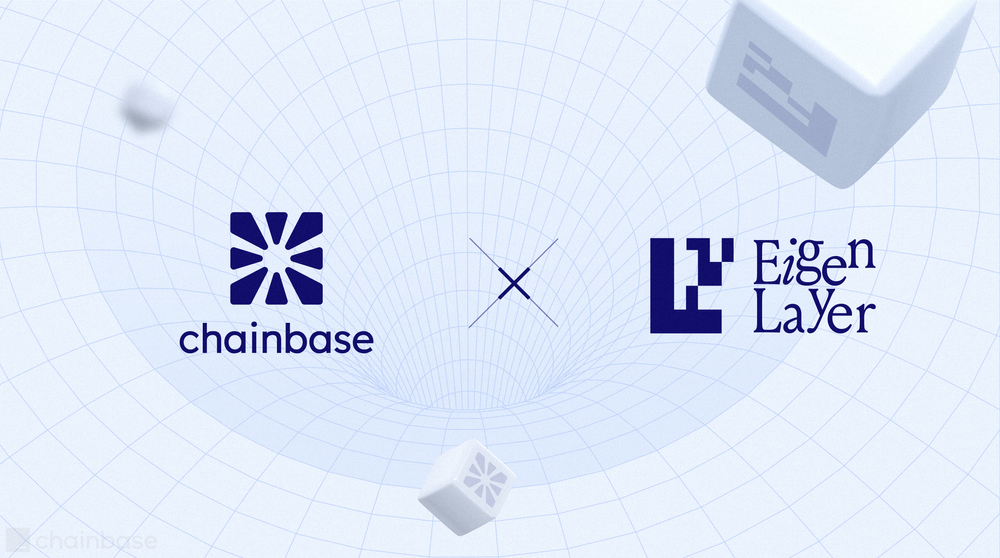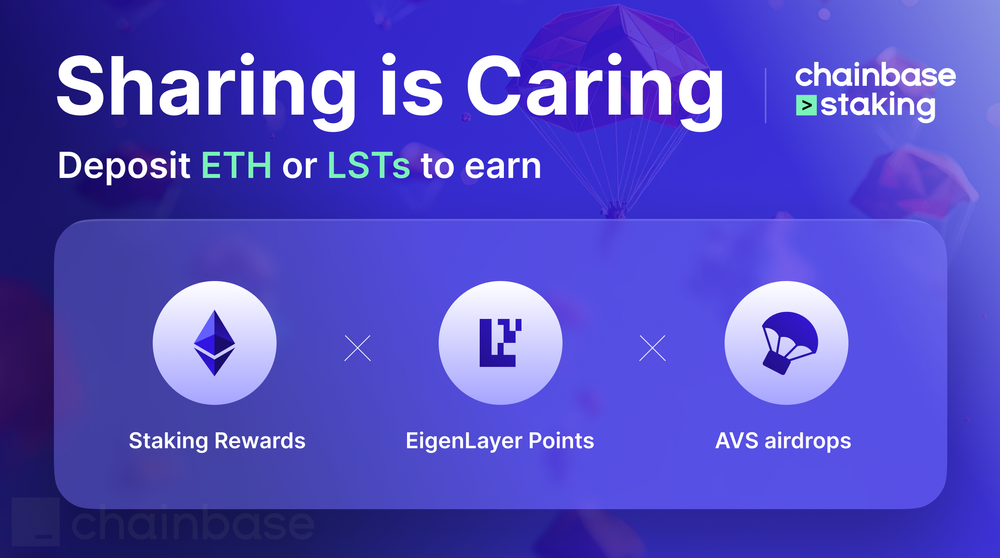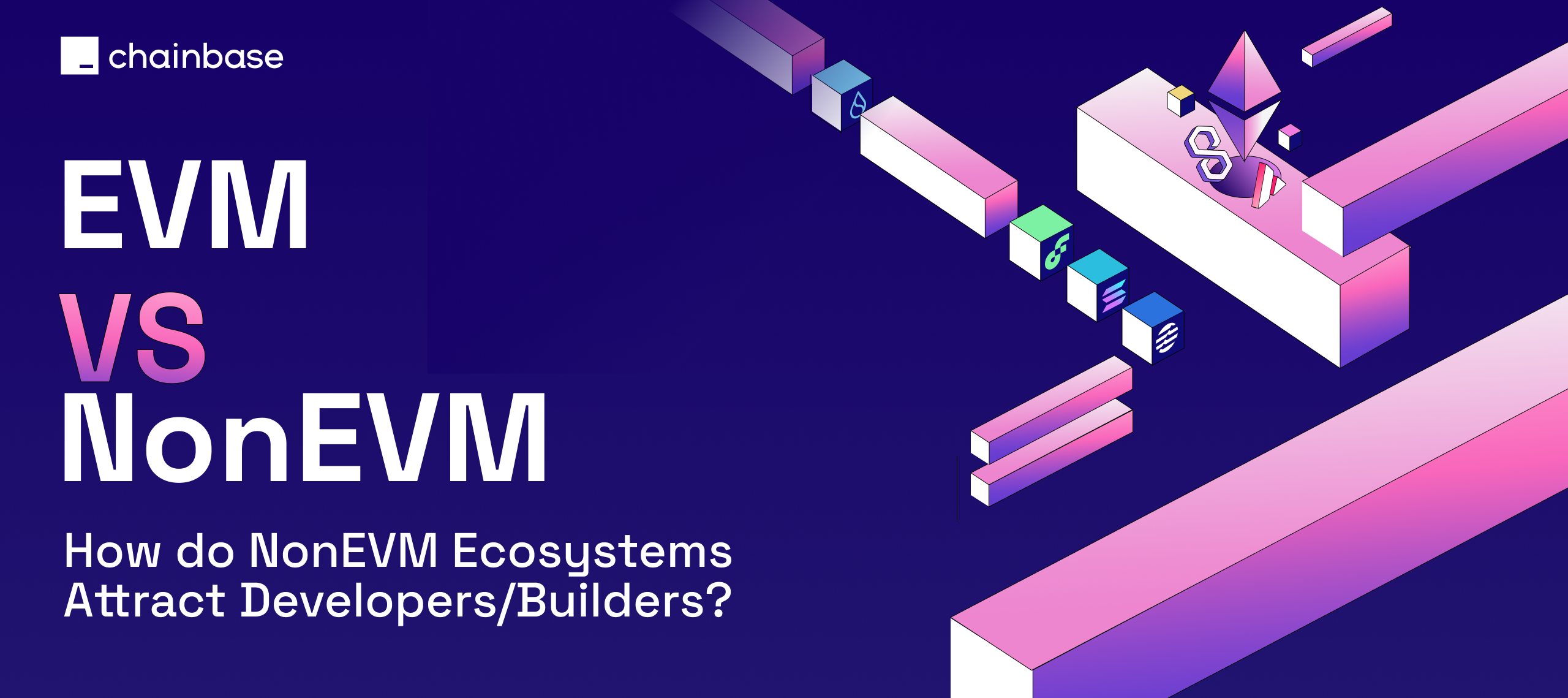From the developer's point of view, there are major differences between EVM and non-EVM chains. While EVM currently dominates the market, we can see some other ecosystems offer a variety of advantages and considerations for developers when it comes to building dApps.
In this Blog, we explore the pros and cons of building on EVM and non-EVM chains, as well as potential growth strategies for non-EVM ecosystems! Thanks, our guest speakers Stanley @Ankr, Harry @Chainlink, Seabook @StarkNet, Brandon @Reach, Henry @Sui, Ricky @NestProtocol, and Paige @OKX, for their ideas and insights
1. From the developer's POV, differences between Solidity, Move, Rust-based chains? EVM vs nonEVM
Stanley @Ankr:
Familiarity to the developers, and maturity of the ecosystems.
Easiness of integration with EVM (weeks) and nonEVM (months) chains.
Harry @Chainlink:
Solidity/EVM (Java-like) is easier to pick up.
More online support (docs, boot camps, libraries, etc.) for EVM.
Seabook @StarkNet:
EVM now dominates the market, but we can see other chains/layer 2s grow.
StarkNet chooses Cairo for efficient computation. We believe, in the long run, building a new language that is optimized for zero knowledge will be beneficial.
Brandon @Reach:
- EVM has the lead. But there's still a tiny pool of developers.
- Put in the position of newcomers, what is the incentive to learn a niche language?
- So Reach helps developers build dapps and deploy them on different chains easier.
Henry @Sui:
Is a domain specific language (DSL) that is designed for smart contracts and digital assets, built on top of Rust. Biggest advantage for EVM is developer tooling.
2. What are the advantages of building on nonEVM and issues of building on EVM (technically, and community-wise)?
Harry @Chainlink:
nonEVM chains like Solana have better/faster performance.
Languages like Rust have automatic error correction.
Stanley @Ankr:
Issues with EVM: Limited transaction per second (TPS), in the context of Layer 1. EVM is a crowded community, very competitive - standing out is quite challenging.
nonEVM: less developer support. Easier to stand out and the winners take a majority of market share.
Ricky @NestProtocol:
Building on EVM will be constrained by the ETH roadmap/planning. NonEVM provides more opportunities for differentiated innovations.
Cons: high migration cost. Pros: can form ecosystem barrier.
Paige @OKX:
Grant is a differentiating point. Better say ETH vs Others than EVM-compatible chains vs Others (TVL top 3 are all EVMs). EVM-compatible is not a zero-sum game. The future is multi-chain. Even EVM killers have EVM chains inside - Moonbeam in Polkadot, Aurora in Near…
Seabook @StarkNet:
Success of the ecosystem is really important. Other chains do have opportunities and that's why they attract investment. The whole space is still small.
Brandon @Reach:
- While choosing a chain, considerations are ranked as:
- Where are the users? Just because the language/technology is better does not mean that you're going to win. What determines the winner is user base.
- Where is the money? For developers, it's job or grant. Money does not lead to royalty to a specific chain.
- Ease of use. Tooling, environment, etc.
- Superiority of the underlying technology.
- Interaction between promoting a language and promoting a chain e.g. Move and Sui
Henry @Sui:
The growth of any nonEVM chains is good for us. The move is similar to Rust, so it's easier for us to onboard Rust developers.
Enable EVM on Sui will change how Sui works at a very fundamental level, so we don't go EVM.
Brandon @Reach:
Growth comes from abstraction, and being able to work cross-chain.
Easy-to-use highly-abstract development tools help mass adoption for developers, as they can focus on business logic and user experience rather than underlying infrastructure capability.
3. Growth strategies for nonEVM Chains; Suggestions from chain-agnostic projects on nonEVM ecosystem growth
Harry @Chainlink:
Take advantage of having a familiar language in the Virtual Machine/Smart Contract.
Stanley @Ankr:
- Easy-to-use developer tools
- Incentives/Grants for strategically important players in the ecosystem (wallet, first DeFi, etc.)
- TPS
Seabook @StarkNet:
Actually, we advocate the developer community. For popular apps, part of the gas fee will flow back to our contracts, which is beneficial for developers building these apps.
We intro Abstract Accounts for smart contracts, Session Keys for on-chain gaming, etc.
Ricky @NestProtocol:
nonEVM will provide special functionality for particular users.
Paige @OKX:
From OK chain's POV, support that projects seek from the chain:
- Technology support e.g. Integration
- Marketing/community support
- Ecosystem/strategic/connection support e.g. OK wallet; venture arms; listing team; etc.
Jiahui @Chainbase:
Leading public chains have the ability and responsibility to onboard more people from web2 to web3 and should serve as educators and super connectors in this space.
About Chainbase
Chainbase is a leading Web3 blockchain interaction layer infrastructure. By providing cloud-based API services, it helps developers quickly access and utilize blockchain networks and easily build Web3 applications.
Chainbase makes blockchain interaction and data query/index on chains simple and easy to operate. Anyone can use, build and publish open APIs, which allows developers to focus on application-level innovation instead of solving the back-end hassles.
Chainbase currently supports Ethereum, Polygon, BSC, Fantom, Avalanche, Arbitrum, Aptos and other chains. This allows projects of all sizes to quickly reduce development time and costs, no matter which chains they are building on!
Website | Blog | Twitter | Discord | Link3
Want to learn more about Chainbase? Visit our website: chainbase.online, Sign up for a free account. and Check out our documentation.





